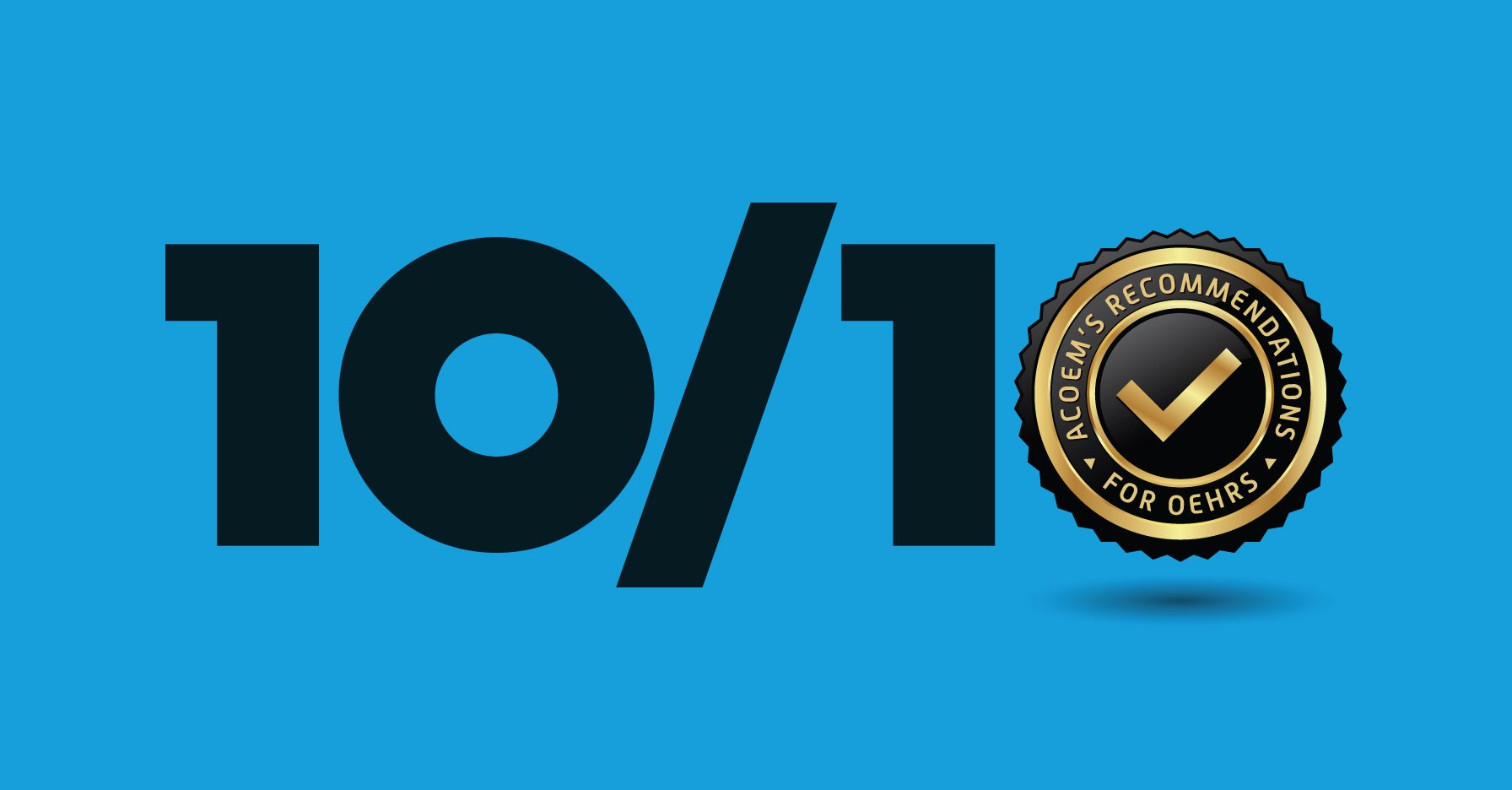Workflow customization cited as critical component of preferred OEHRs
By Enterprise Health on May 29, 2025 1:26:47 PM

The transition from paper to electronic health records provides measurable value in occupational health settings, provided the functionality of those systems address key requirements. The recently released ACOEM guidelines provide a checklist for selecting the right occupational electronic health records system – whether it's the clinic’s first or a replacement for an existing system.
The checklist identifies 10 key requirements and best practices for OEHRs, covering areas from health data governance and stewardship to interoperability to workflow customization. In addition to ensuring compliance with regulations around privacy and security, and elevating the quality of care through real-time reporting and integration with other systems, adherence to these guidelines can also make a significant contribution to clinic operating efficiency. And that benefits both the clinic and the employees it cares for.
Customization requirements are determined by provider and need
Rather than one-size-fits-all solutions, clinics stand to gain the swiftest and biggest impact from systems with the ability — backed by the expertise — to configure workflows to address key pain points in the operation.
Samantha Lodish has first-hand experience with the impact these customizations can deliver, both in her current role as development manager at Enterprise Health, and in her former position as administrative director of employee health at Atrium Health Wake Forest.
Common starting points: employee onboarding, vaccine programs
Lodish cites employee onboarding as a jumping off point for many customizations, which often involve transition from paper processes to electronic records. Employees are eager adopters, happy to complete the process at home, from their phones, rather than spending 30 minutes completing paperwork in a clinic lobby. Clinicians appreciate the ability to quickly prepare for the visit by reviewing the record, and seamlessly, securely integrating patient information into state registries for simplified reporting.
She leveraged the Enterprise Health system’s high degree of configurability for the Atrium Health Wake Forest flu program, enabling the employee health department to track, manage and report on administration of nearly 33,000 vaccinations. That included online completion of flu consent or declination forms, real-time access to data to streamline reporting to both internal stakeholders as well as state and national registries, and documenting the vaccinations within the system’s employee health records system, including pre-loaded clinical decision support rules and alerts for allergies.
Enterprise Health works with OEM providers to configure OEHR processes to existing workflows, checking that box — and the remaining nine — on the ACOEM recommendations list.
See how your current system stacks up. Download the checklist.
You May Also Like
These Related Stories

Why your OEHR support team should actually get what you do

New checklist helps providers ensure OEHRs meet privacy and security requirements
